In pictures: The Norwich landmarks saved and preserved
- Published
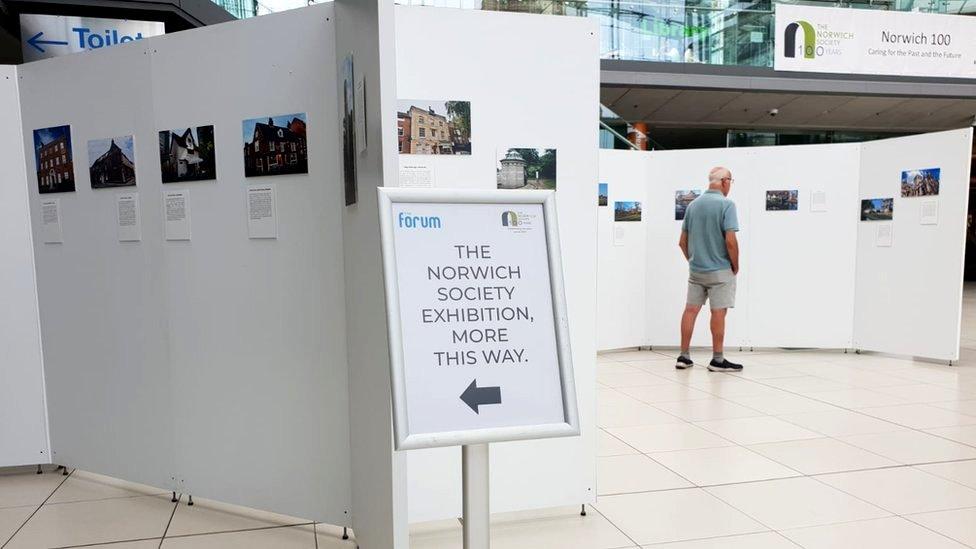
The photo exhibition showcases 100 places that have been saved or preserved by the Norwich Society
A city's historically important sites that have been saved from demolition are among a number of places being celebrated in a new photo exhibition.
The Norwich 100, external has been organised by the city's civic society to celebrate its centenary year.
The 100 photos that have gone on display at The Forum, external all represent places across Norwich that the society has helped to save or preserve, since its formation in 1923.
The exhibition runs until Sunday.
"Every photograph has a caption which shows why the place is important," said Vanessa Trevelyan, chair of The Norwich Society, external's publicity and events committee.
"It's not the 100 best places in Norwich. It's the ones where we've helped saved them, campaigned on their behalf, preserved them in some way or given them an architectural award.
"A lot of the places are places that people pass every day. But others, people might think, 'well I've never noticed that, what is it?'".

The Norwich Society was formed in 1923 by a group of architects and archaeologists who opposed plans to widen Bishop Bridge. The proposed work did not go ahead, and Bishop Bridge now provides a scenic pedestrian route into Norwich
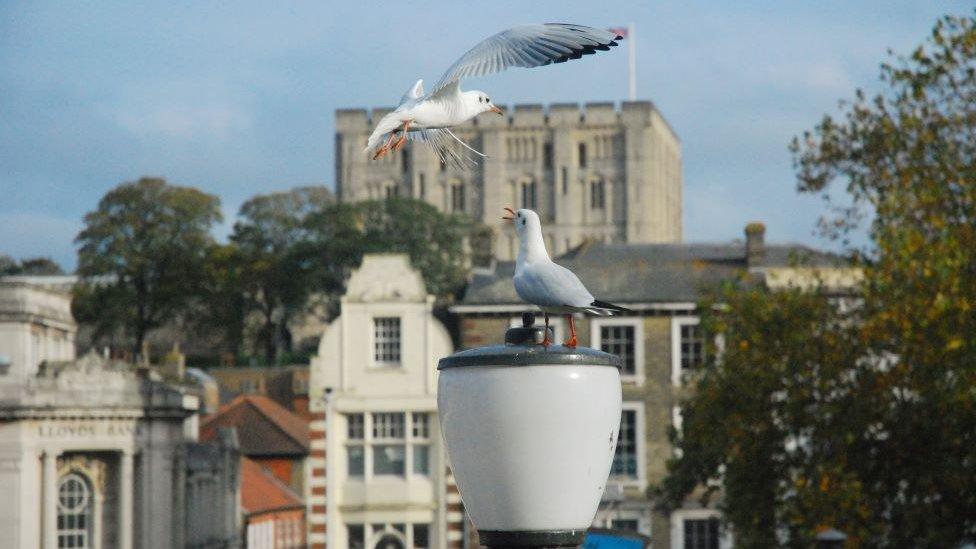
In the 1920s, the Norwich Society successfully objected to proposals to demolish a large part of Norwich Castle's moat gardens which planners wanted to turn into new administrative buildings, including a new police headquarters
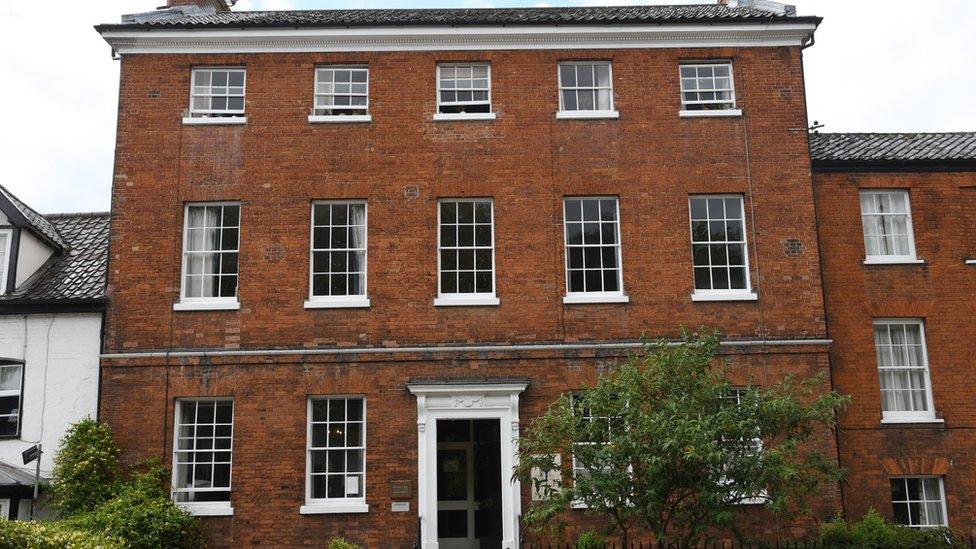
In 1937, plans were put forward to demolish the former home of the painter, John Sell Cotman, which had become run down. The Norwich Society were among a number of objectors and the building was later restored
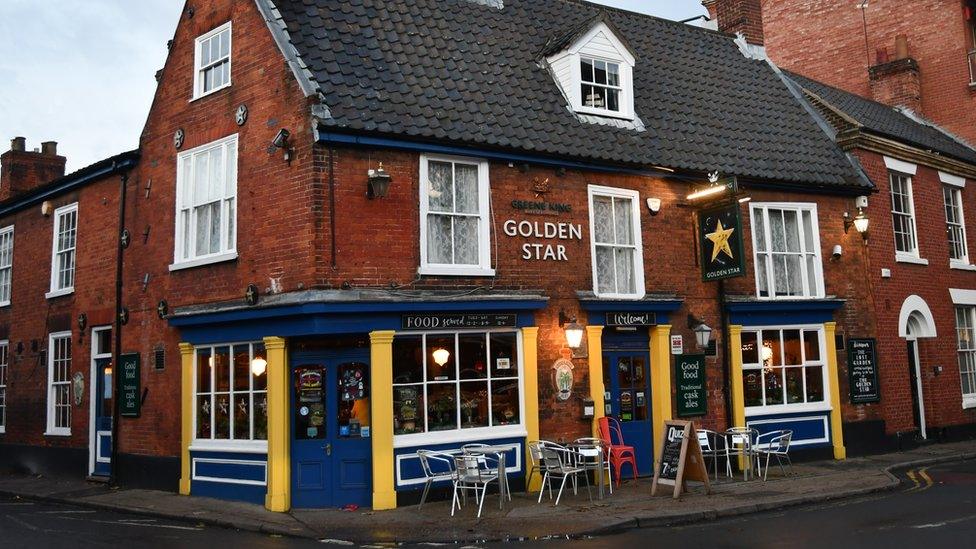
In 1974 The Norwich Society successfully objected to Norwich City's Council's plans to demolish the Golden Star pub to allow further widening of Duke Street, up to the inner ring road
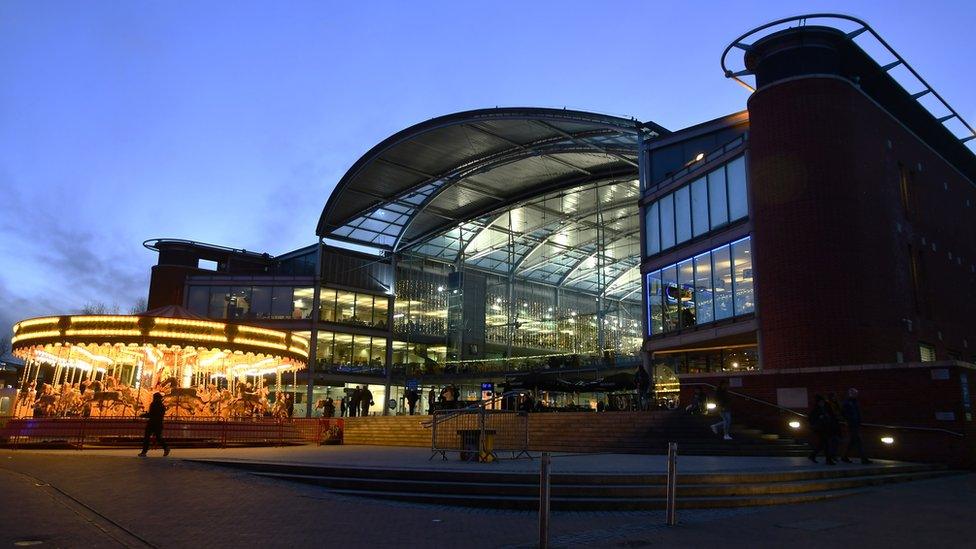
The Norwich Society said The Forum building fulfilled one of its major charitable objectives, namely "to encourage high standards of architecture and town planning in Norwich and its surroundings"
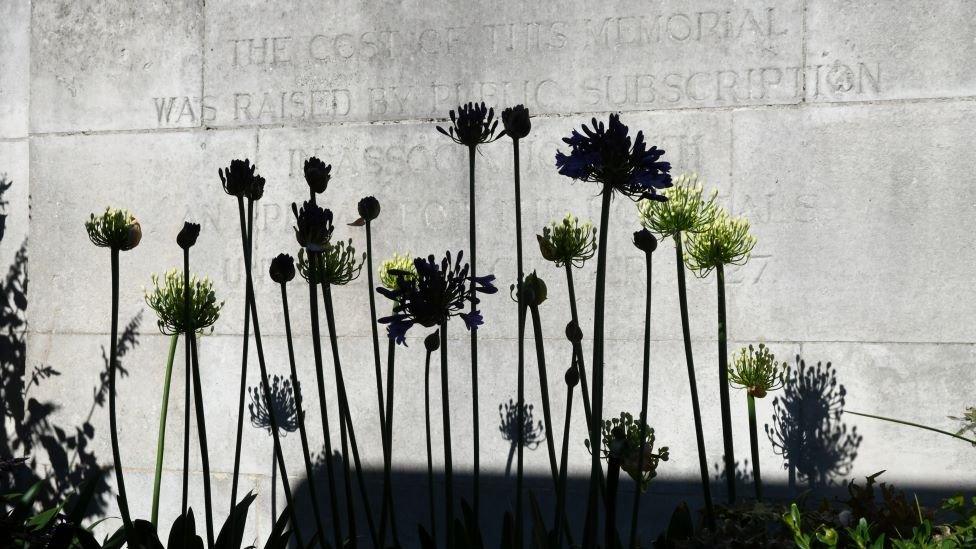
The Norwich Society continues to monitor the city's public spaces, including the war memorial gardens outside City Hall
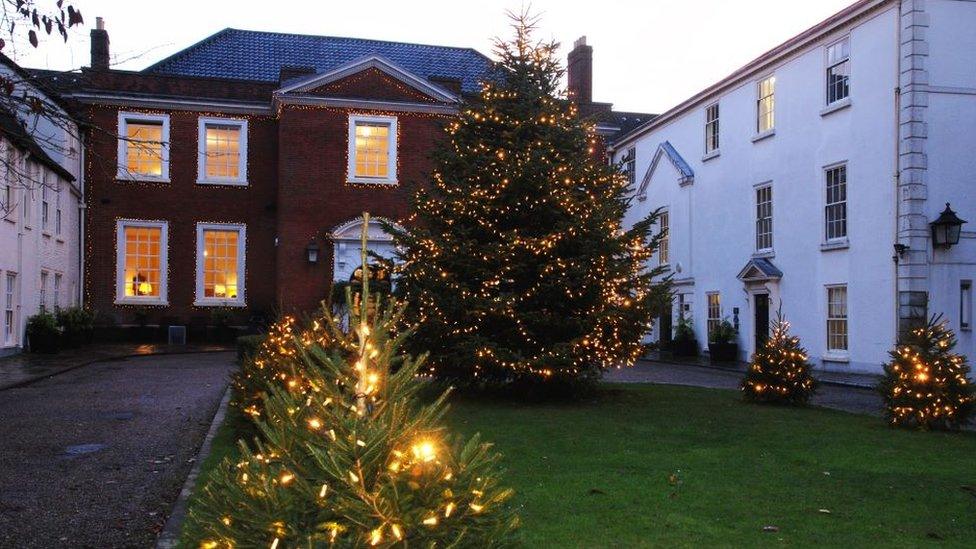
The Assembly House was at risk of demolition in the 1930s so the site could be sold off. The Norwich Society lobbied the Ancient Monuments Board and the house was saved. It is now a hotel, restaurant and catering school
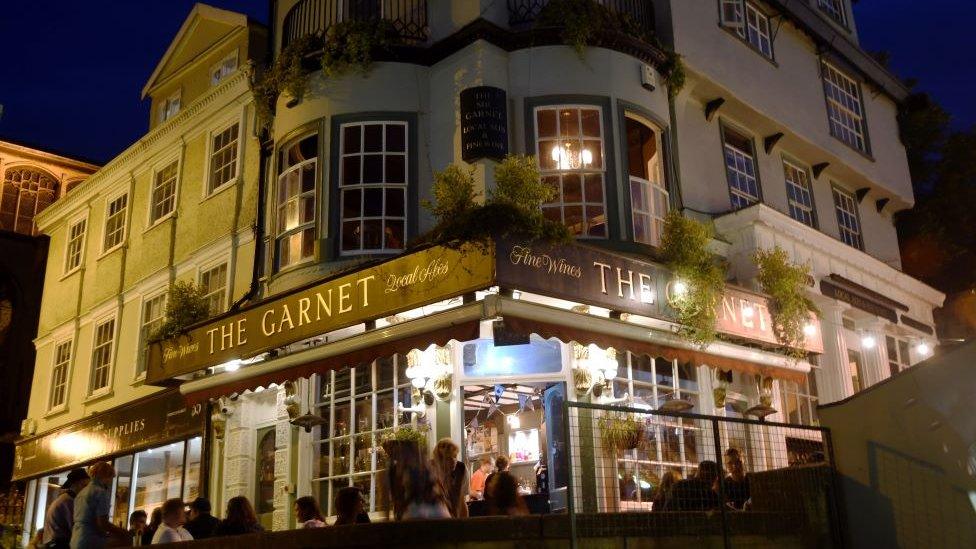
Originally a butcher's shop, The Sir Garnet pub was scheduled for demolition in the 1930s as part of plans to redevelop Norwich Market
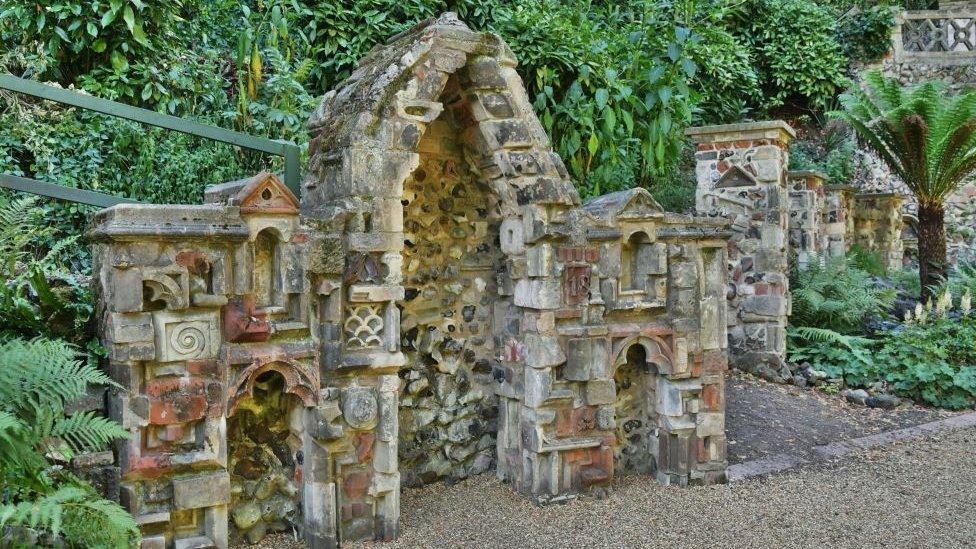
The Plantation Garden Preservation Trust was set up in 1980 and included members of the Norwich Society. The once popular Victorian garden had become derelict and overgrown. The trust restored the gardens to their former glory
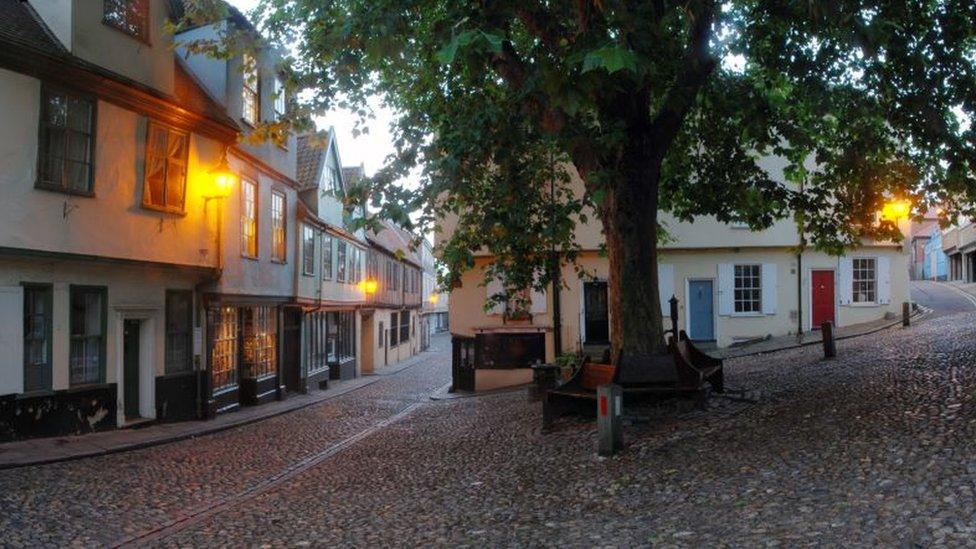
Parts of Elm Hill, the epicentre of society in medieval times, was scheduled for demolition in the first half of the 20th century to make way for a swimming pool. The Norwich Society campaigned for the area to be saved and it has since become a popular filming location due to its well-preserved buildings

Follow East of England news on Facebook, external, Instagram, external and X, external. Got a story? Email eastofenglandnews@bbc.co.uk, external or WhatsApp us on 0800 169 1830
Related topics
- Published26 June 2023

- Published28 October 2020
